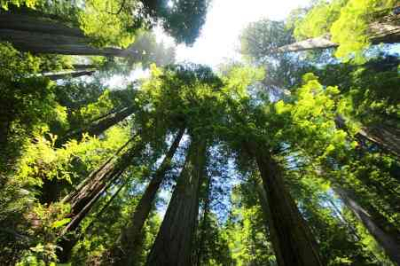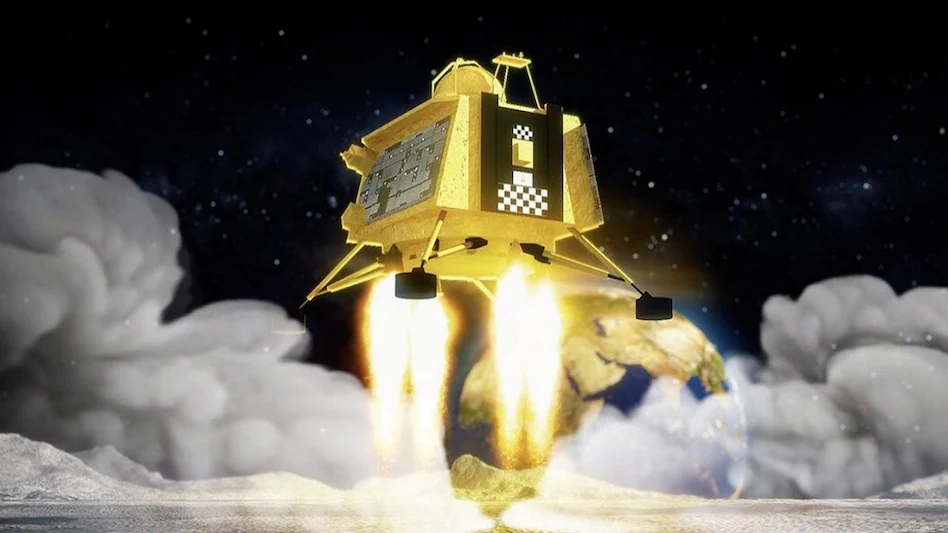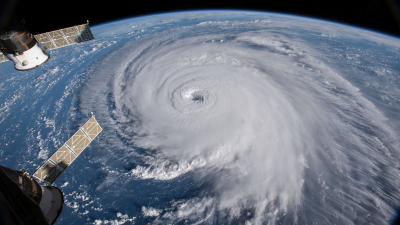
On September 17, 1911, Calbraith Perry Rodgers took off from Sheepshead Bay in Long Island, New York. On December 10, 1911, he landed in Long Beach, California and completed the world's first transcontinental flight. A.S.Ganesh takes a look at aviation pioneer Rodgers and his pathbreaking flight...
The aviation industry has transformed the way we think about travel. Getting from one point of Earth to another has never been so easy. If we come to think of the fact that the Wright brothers had their first successful flight only at the start of the 20th Century, it puts into perspective the tremendous growth over the last century or SO.
There were a number of firsts in those early days of aviation as the world of air travel was literally begging to be unlocked. There were aviation pioneers and daredevils who managed these firsts, and sometimes they were rolled into one. One of those was an American who became the first to fly solo across the US.. Calbraith Perry Rodgers.
Rich family history
Rodgers was born in Pittsburgh on January 12, 1879 into a family with a rich history of the U.S. Navy service. There were generations of adventurers that bore the name "Perry" and "Rodgers" who had achieved success across different fields - be it victory over a British Naval fleet or establishing trade between Japan and America through sheer persistence.
Rodgers was named after his father, a captain in the U.S. Army, who had died five months before his birth. He grew up with his mother Maria Wightman Rodgers and his grandparents and was drawn to all things mechanical from a very young age. At six however, he had a severe bout of scarlet fever, leaving him nearly deaf and ineligible for military service.
Desire for adventure
While the deafness meant that he lacked interest in academics, he was always interested in physical activities and excelled at it. He didn't let his deafness deter his desire for adventure, and spent a lot of his early adulthood sailing and racing cars and horses.
For someone who became the first to fly solo across the U.S. in 1911, Rodgers was introduced to flying only that year! John Rodgers, Calbraith's cousin who would go on to become a naval aviation pioneer and set the record of longest non-stop flight hu caanlane of 3 205 km. in1925, told him that "for speed, you can't beat flying!"
Rodgers immediately made a trip to Dayton, Ohio and was instantly hooked after doing some basic aeronautics exploration.
Like a fish to water
Within a week after starting his classes at the school, Rodgers requested permission for a solo flight. Since he was denied owing to lack of training, Rodgers went on to purchase his own training plane. Rodgers made his first solo flight on June 12 and by August 7, he passed the flying examination to become the 49th licensed aviator in the world.
Spurred on by his success, Rodgers began to take an interest in competing for the Hearst Prize. Publisher and newspaper giant William Randolph Hearst offered a $50,000 prize for the first person to completely fly across the U.S. in fewer than 30 days.
Orville questions decision
Rodgers purchased a lightweight, four-cylinder, 35-horsepower Model EX biplane from the Wright Company on September 10. When Rodgers had told Orville of his intention to compete for the Hearst Prize, the latter questioned his decision and doubted any plane of that time to travel so far.
Rodgers, however, pressed on. He sought a corporate sponsor to help him financially and got it from Armour Meat-Packing Co., which was promoting Vin Fiz, its new grape soda. Rodgers' biplane thus served as a flying billboard for the product and was dubbed The Vin Fiz.
With the objective of reaching the Pacific Ocean in 30 days, Rodgers set out from Sheepshead Bay in Long Island on September 17. With a train to follow his progress and carry all things required for repair and maintenance, Rodgers had charted out his course from start to finish with a target of 250 miles a day.
While the first landing went without incident, there were plenty after that right from the second take-off. In addition to technical and mechanical obstacles, the weather too played spoilsport. Lack of reliable weather forecasting to go along with his impaired hearing meant that he couldn't make informed decisions, be it for navigation or those in relation to take-off and landing times.
Popular with public by the time he reached Chicago on October 8, it was clear to him that the 30-day goal was impossible to achieve. He had, however, caught the imagination of the American public by now, and was determined to successfully finish his trip. After 15 crash landings and nearly 70 rough take-offs and landings, Rodgers landed in Long Beach, California on December 10 and taxied his plane into the Pacific Ocean.
While Rodgers' in-flight time was just three days, 10 hours and four minutes, his total flying trip spanned across 49 days with plenty more spent on the ground for various reasons. He became an instant celebrity having achieved this feat, but died just five months later in a plane crash during an exhibition flight after striking one of a flock of birds.
In addition to being the first human to fly across the North American continent, Rodgers flight is significant as it introduced commercial air travel and advertising and also helped the aviation industry capture the interest of the society at large. Rodgers' Vin Fiz is on display at the Smithsonian Air and Space Museum in Washington D.C.
Picture Credit : Google














